(ECNS) -- The victory ceremony bouquet for the 19th Asian Games was revealed in late August.
As a major innovation in award bouquets, the floral design draws inspiration from Huagu, a long-stemmed, broad-lipped vessel produced in the Southern Song (1127-1279) Imperial Kiln.
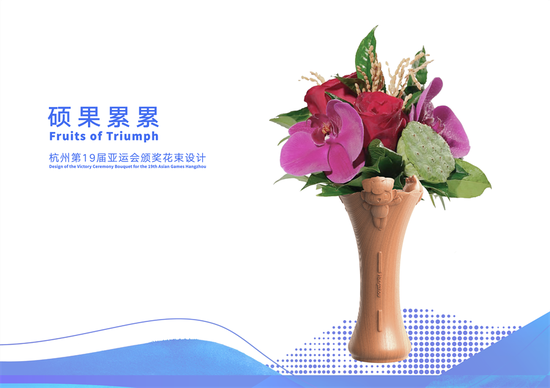
The handmade vessel features Dongyang woodcarving, known as a national intangible cultural heritage.
More than 60 percent of the working hours for the vessel are dedicated to handcrafting, including selecting materials, precision carving, thorough polishing, and applying multiple coats of paint.
Nearly 60 members worked on the piece, among whom five are over sixty years old, with the oldest being 67 years old
Huang Xiaoming, a Chinese master of arts and crafts and a representative inheritor of Dongyang woodcarving, is a member of the team as well as one of the designers.
Huang told China News Service that the design of the floral vessel underwent more than 10 rounds of revisions, spanning over a year to reach its final form.
"After determining the basic style of the floral vessels, we began the production and sampling process. Although the vessel may appear small, it requires high craftsmanship, involving more than 10 different steps,” Huang said.
“The making of the vessels also incorporates various carving techniques and artistic expressions from Dongyang woodcarving. For example, the mascot's head is created using round carving, while the body employs relief carving, resulting in a lifelike and realistic appearance," said Huang.
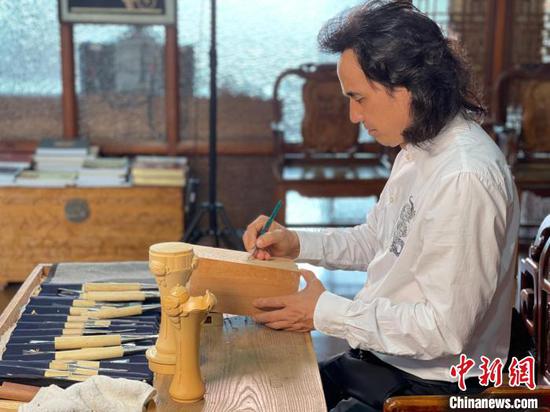
Considering factors such as the longer production cycle that would result from a fully manual process and the need to ensure maximum consistency for over 7,000 flower arrangements, Huang ultimately decided that the final shaping and other crucial steps would be completed using precision machinery.
In the process of production, Hangzhou Asian Games' concept of "green, smart, thrifty, and civilized was also implemented.
To ensure that the size deviation of each floral vessel was around 0.05 millimeters, a strategy of "changing a set of blades for every 10 flower arrangements" was employed.
The blades can be reused, and the replacement is primarily for sharpening, which minimizes waste. While maintaining efficiency, they also kept the waste rate below 5 percent, and green energy sources were used for the electricity consumed during the processing.
These days, Huang and his team are working tirelessly to inspect and refine the flower vessels. In a few days, most of the finished flower arrangements will be sent to Hangzhou.
"Previously, I had exchanges with craftsmen from Sri Lanka, and we gained a lot from each other. I hope that in the future, more young people will carry forward the art of Dongyang woodcarving," Huang said.








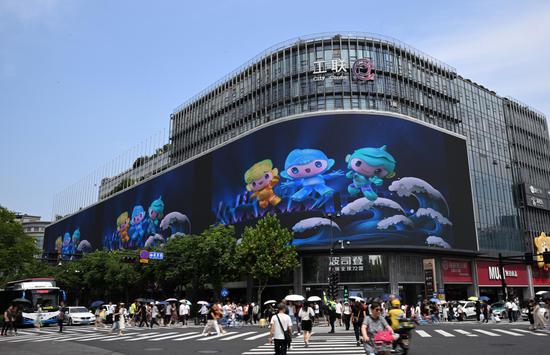
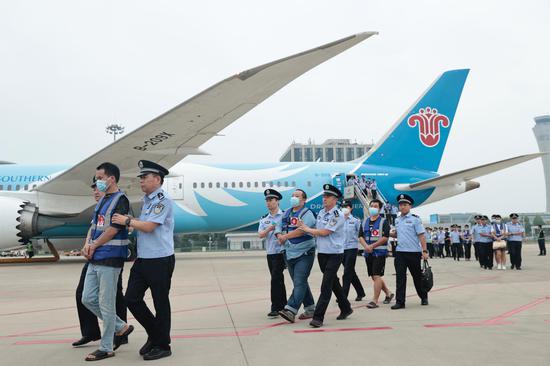








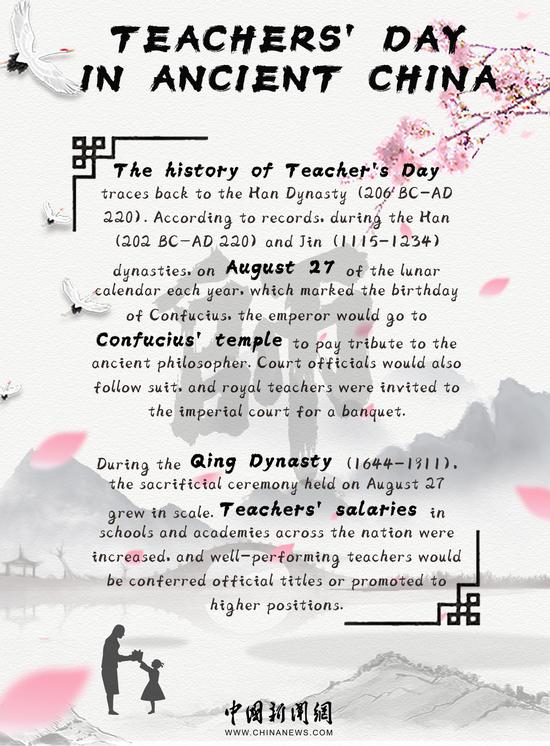


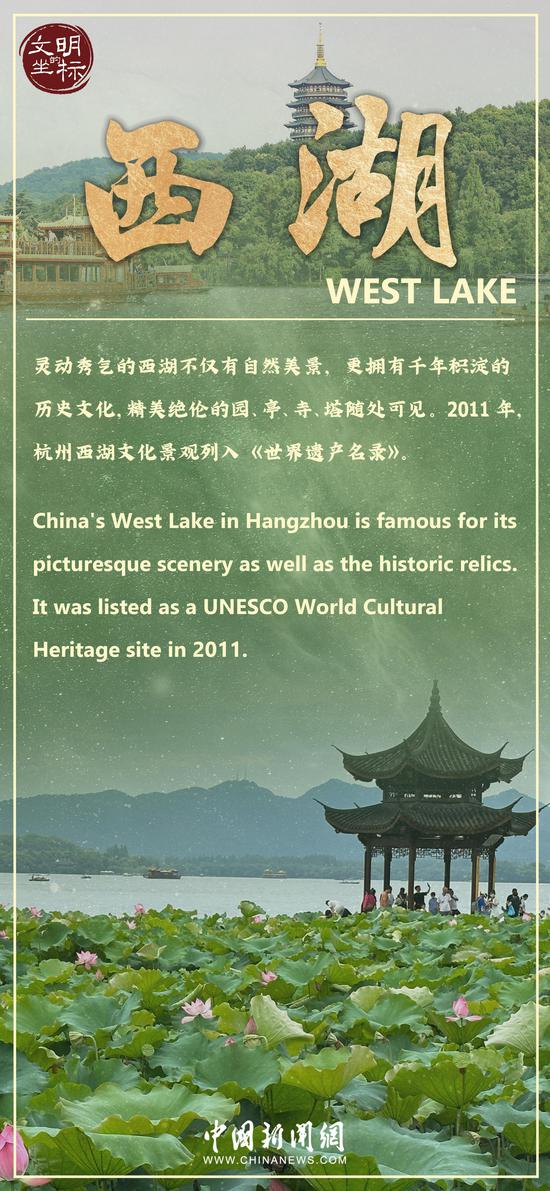

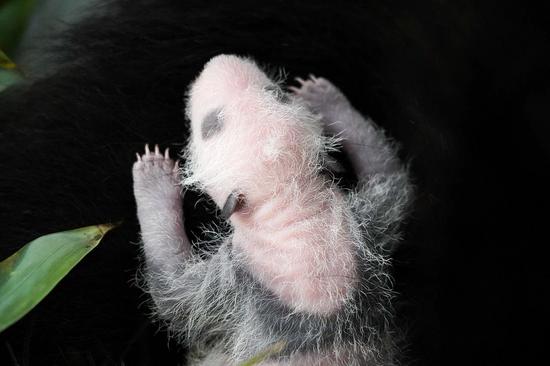


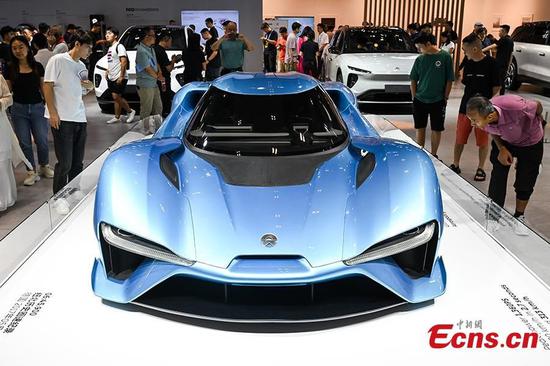


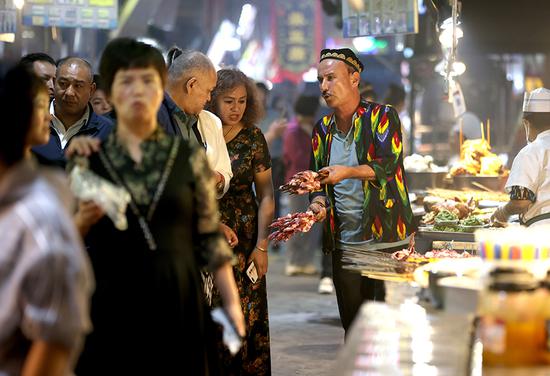

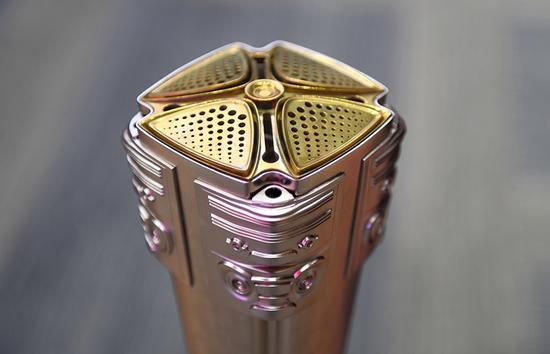
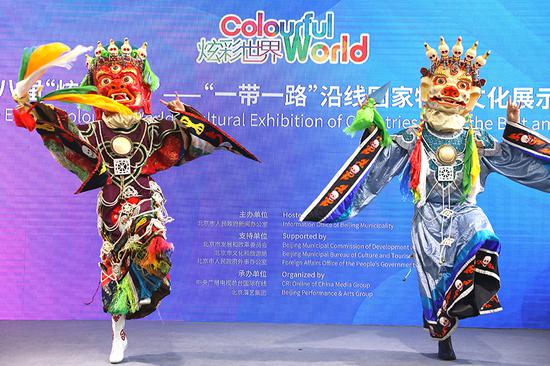
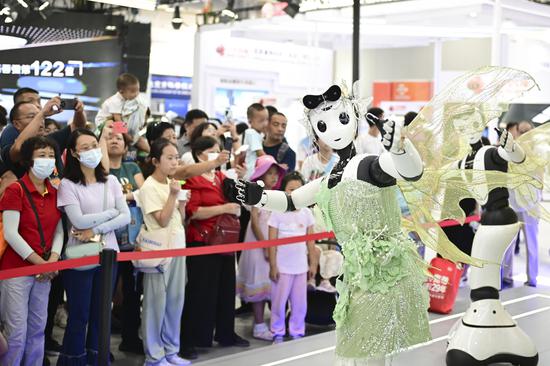

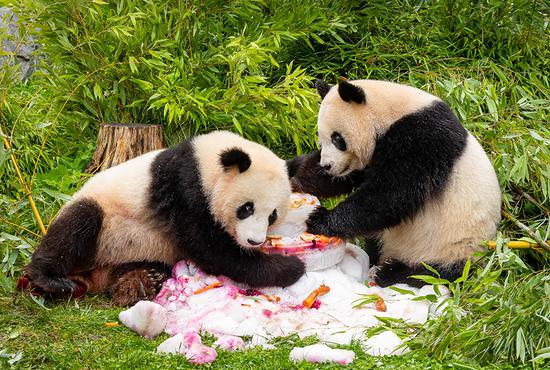
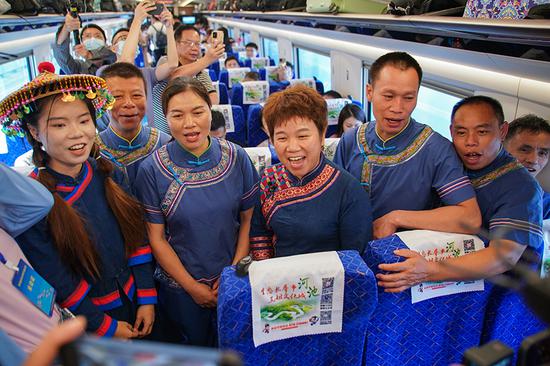

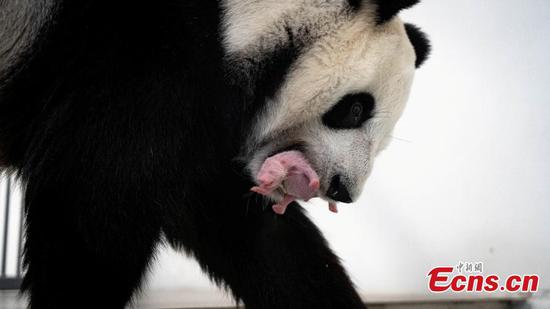




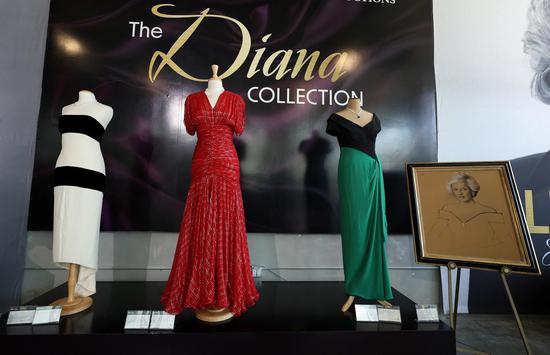




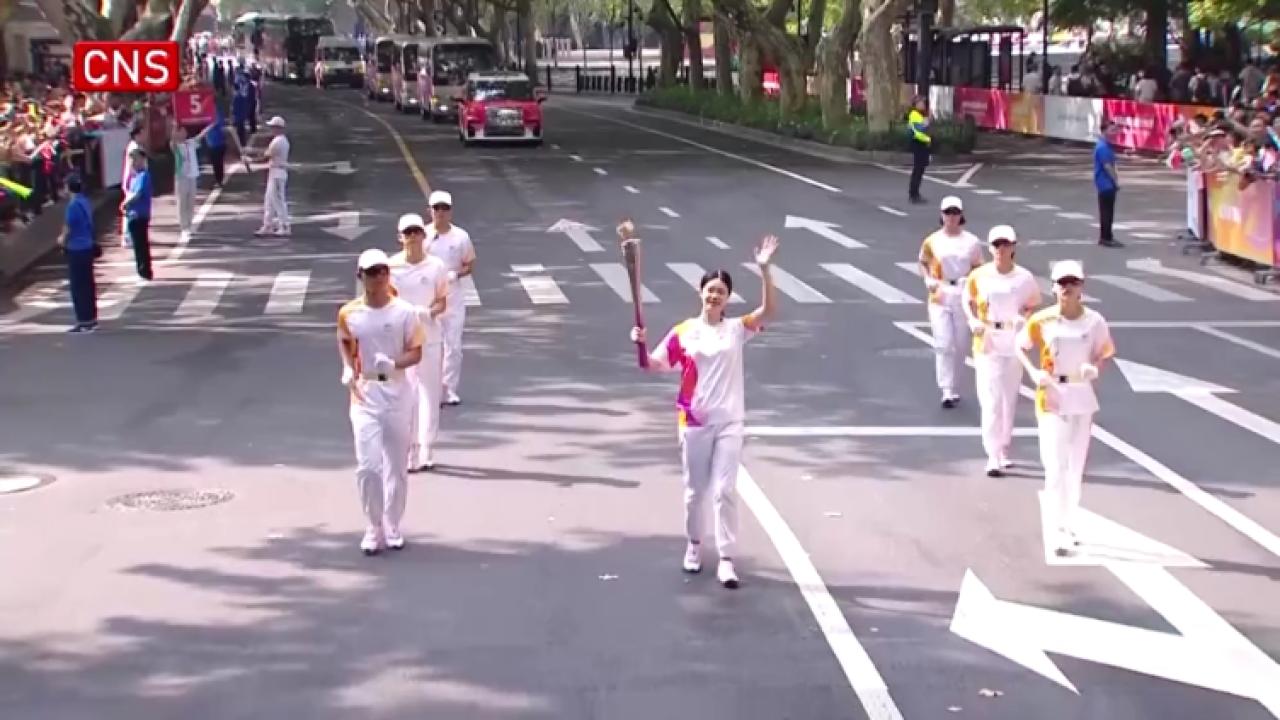

 京公网安备 11010202009201号
京公网安备 11010202009201号